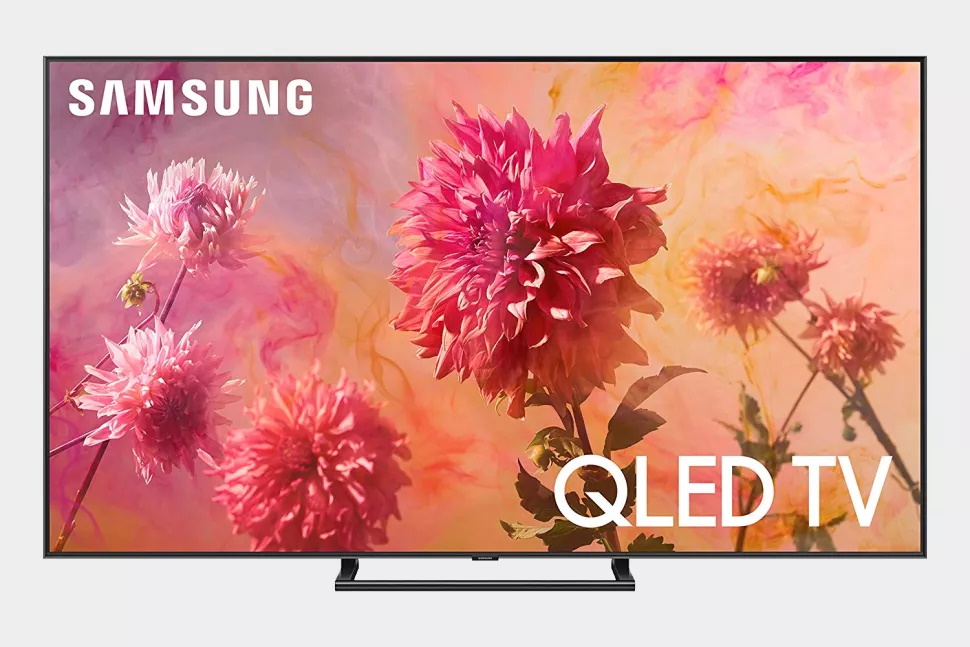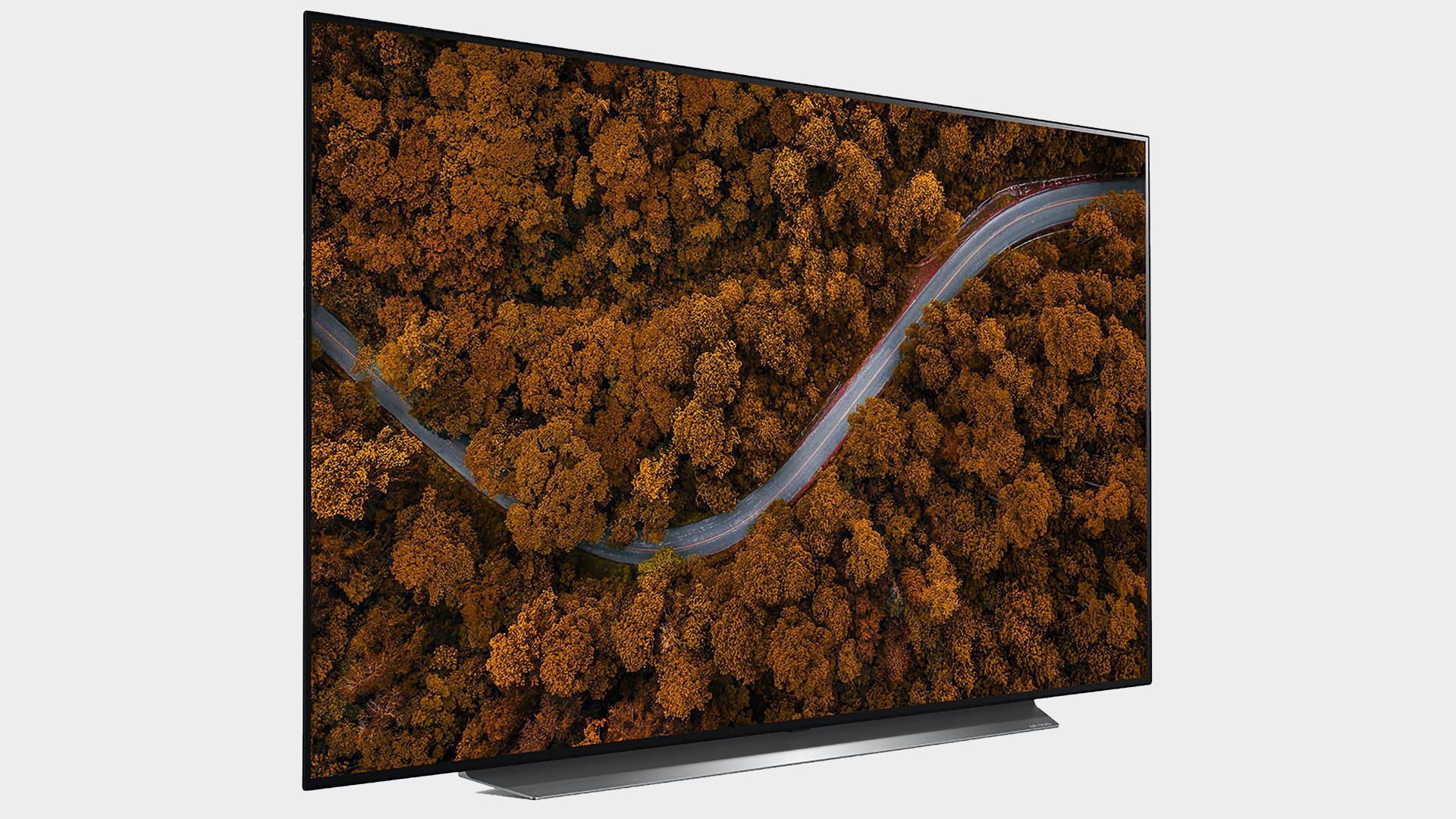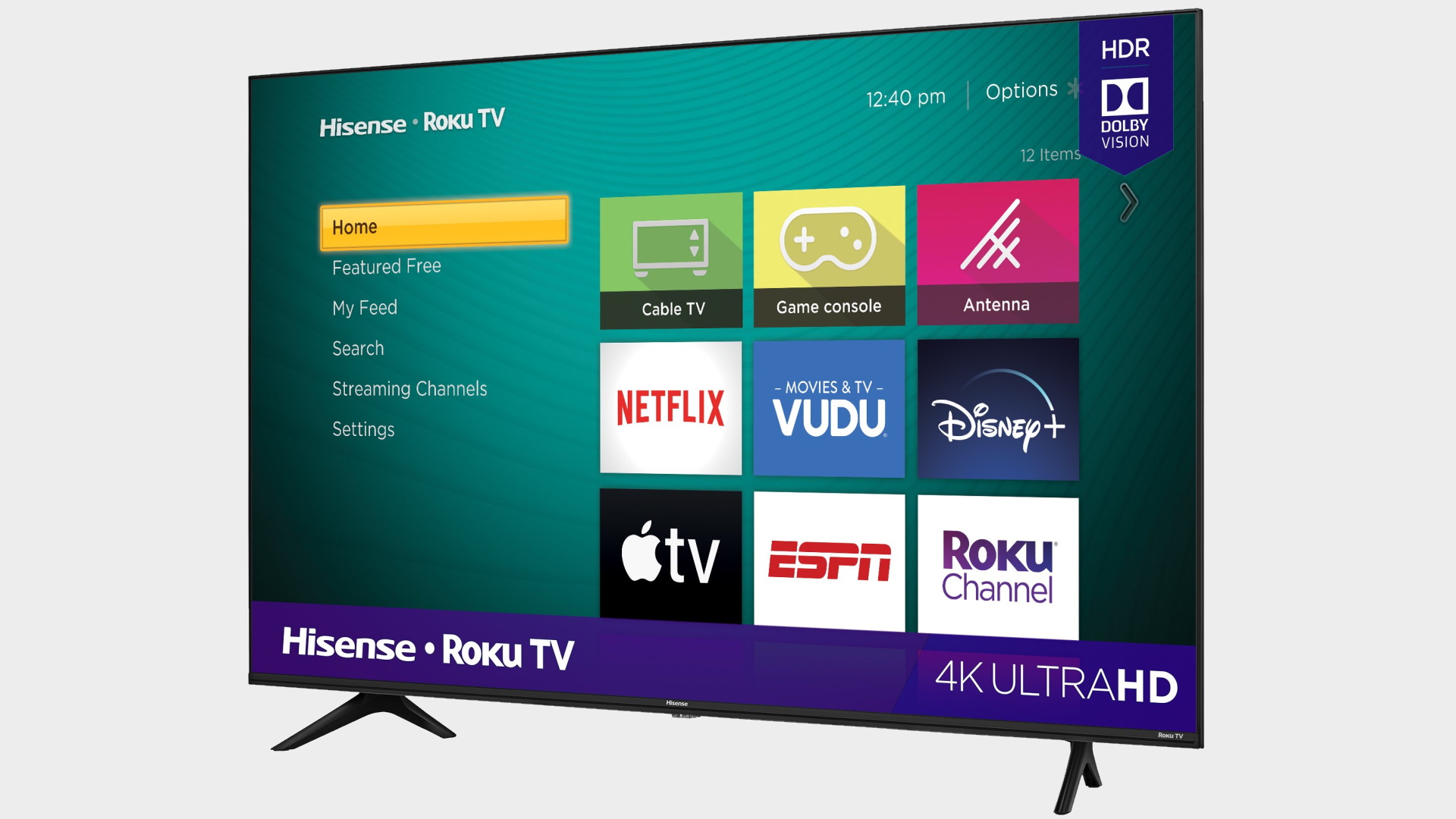Should I use a TV as a computer monitor?

In the early days of computing, monitors were just TVs. Then the HD revolution happened and monitors really came to the fore. Now we’re coming full circle again and we’re spoiled for choice when it comes to massive 4K and even 8K TVs with multiple HDMI 2.1 connections that cost less than a top-end monitor. Can you just use one of the best gaming TVs in place of a display, and possibly more importantly, would you actually want to?
The first part of that question is simple enough to answer: Yes, you can use any TV with HDMI inputs in place of a computer display. If you’re looking at 4K TVs, you’ll want a graphics card that has at least an HDMI 2.0 port (HDMI 2.0a or later for HDR10 displays). That allows for 4K at 60Hz, with 24-bit color. Newer TVs support HDMI 2.1 which will handle 4K at 120Hz and 8K at 60Hz providing your computer also supports HDMI 2.1.
In terms of graphics cards, only the most recent offerings support HDMI 2.1. We’re talking Nvidia’s GeForce RTX 30-series and the AMD Radeon RX 6000-series here. If your hardware meets these requirements, using a TV will work fine—after all, this is precisely what most console gamers do. But there are other items to consider.
But should you?
This leads us to the second part of the question: Should you use a TV as a computer monitor? This isn’t quite so straightforward, as it depends on factors like how you use your PC, where you plan on putting the TV, your household environment, and more.
What’s awesome is how incredibly affordable TVs have become. 4K monitors start at 27-inches and cost as little as $250, while 40-inch models cost $500 or more. But 4K 32- to 45-inch TVs can be had for as little as $200-$300. Here’s what you need to know if you’re looking to buy such a TV for computer use.

55-inch TVs are commonplace these days, but you’ll do well to hit those dimensions with a monitor. (Image credit: Samsung)
Traditionally, the biggest potential problem has been input lag. Some TVs do a lot of signal processing and can add 50ms or even 100ms delay to the signal before it appears on the screen. If you’re watching video content, this doesn’t matter, but it’s a serious drawback on an interactive PC display.
The good news is recent TV models are much better on this front, and some now offer a ‘game mode’ that disables video processing. If the TV has one of those, lag is less of a problem. Otherwise, buy at a location where returning the TV won’t be a problem.
Two other things to check for are overscan and signal support. Some TVs still do a moderate amount of overscan, where the outside five percent of the signal is discarded. Check if this can be disabled in the menus, or alternatively, you can use the AMD or Nvidia control panel to adjust the output to better fit your TV.
As far as signal support, many TVs use Y’CbCr instead of RGB signals, and if the TV only supports 4:2:2 or (even worse) 4:2:0 chroma subsampling, there can be a loss in image quality. For watching videos, chroma subsampling may not be a problem, but with text interfaces, it can create noticeable fuzziness on the edges of letters. In short, you want a TV that supports 4:4:4 chroma subsampling.

There are plenty of great 4K TVs for PC gamers these days, like the 48-inch LG OLED48CX. (Image credit: LG)
Other items to consider are how you plan to use your TV-as-a-display, your user interface, and the location. For desk use, where you sit close to the display, a moderately sized 32- to 45-inch 4K TV is probably as big as you’d want to go—don’t get 1080p, as the pixels can be very large.
It’s worth noting that most TVs lack height adjustment too, so plan on getting a VESA compatible TV and stand if that’s something you want. For living room use, larger displays (55-inch and more) are often best, and you’ll want to consider input options. And if you’re sharing the living room with multiple other people, you might need a second TV or PC.
For input, a lapboard for your keyboard and mouse, along with wireless peripherals, are almost required. Just note that the ergonomics of sitting on a couch with a lapboard are often much worse than sitting in a good computer chair at a desk. There’s a reason consoles use game controllers. Learning to play most PC games with a controller and only keeping the keyboard and mouse around for occasional use is a good approach.

You don’t have to drop a fortune on a 4K TV either, with the likes of this 43-inch 4K TV strarting at $258. (Image credit: Hisense)
One nice benefit of HDTVs is that they almost universally have much better speakers than computer monitors. The computer displays I’ve used that have audio often include small speakers that are lacking in volume and quality—they can work in a pinch, but games and movies won’t sound as good. TV speakers aren’t perfect, but you can easily live with TV audio output on your desk.
With the above information in hand, you can now decide whether a TV as your PC display is the right choice for you. There’s no universal answer here, but with the improved quality of TVs and lower prices, plus the ability to use your PC as the center of your home theater, it’s certainly worth a look.
If you can find a great deal on a 4K TV, you might even decide to replace your aging monitor and join the Ultra HD crowd. Thankfully, even with 8K and higher resolution displays starting to appear, we’re not likely to move beyond 4K for many years. A good display investment today could well last until 2030.

